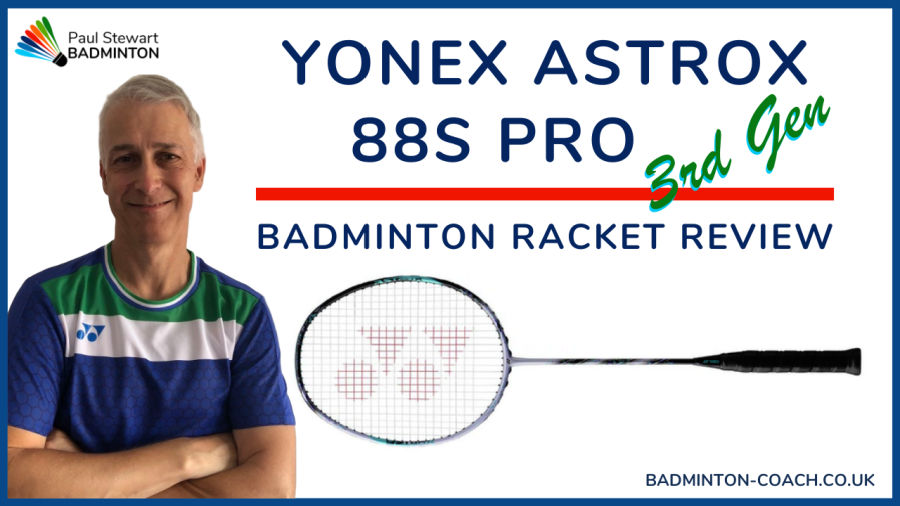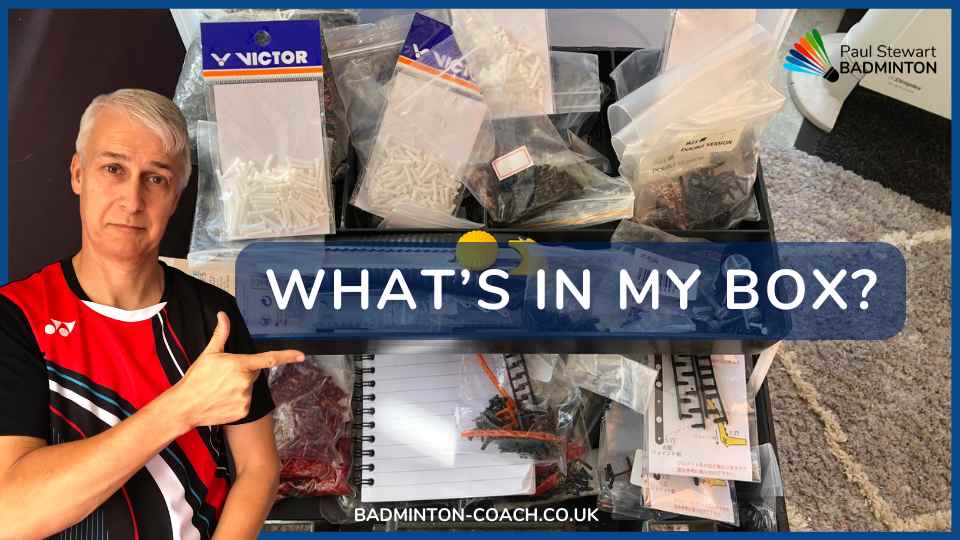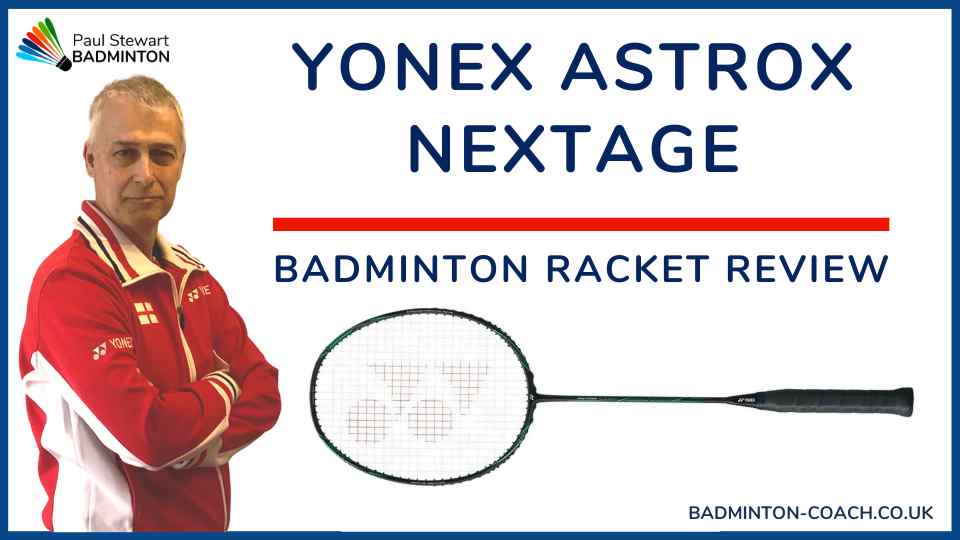As a new badminton season commences, my thoughts are with those players who are no longer playing. These are usually the long serving members of a club, who have stepped up and helped run the club, organise teams or simply be a key member of a team for many years.
This kind of experience is invaluable. When a badminton club loses a player like this, it is felt. Not only does the club lose a player who has contributed to the team success, but they lose a leading personality too. There’s a void and it takes some time to fill it.
Of course, there can be many reasons why a player chooses to move on. Long term injuries can result in incapacity, possibly knees, legs, shoulders etc calling time and requiring a more sedate pastime. The long term exposure to badminton, possibly coupled with technique issues, lack of training may have resulted in serious injury and early retirement from the sport. These injuries can be minimised with coaching, good practice and a good conditioning regime.
My biggest concern however, is when a player is seriously injured which has a greater impact on their life both personally and professionally. In this article, I wish to focus on a subject which is rarely discussed and yet so many players, especially women are constantly placing themselves at risk…
” Keep Your Racket Up”
We often hear this on court and it’s usually aimed at women. But, men use this phrase without considering what it means. How high is up? When should the racket be up? Why is this important?
Regardless of whether the game is men’s, ladies or mixed doubles, there are times when one player remains in the forecourt and they can often be exposed to a bullet being launched from their opponent’s racket, travelling directly at them.
Nobody really talks about the danger of situations like this. At professional level, players are equipped to deal with these situations and therefore the risk to them is extremely low. However, in amateur, local league or social badminton, the risks are severe and yet nobody discusses that they are real and how to reduce the chances of permanent damage.
In case you have still not followed my thinking here, I am talking about protecting a player’s face and, in particular, their eyes. We all know that players are struck in the face virtually every week in a club and the occasion is usually brushed off as one of those things. I’ve seen mostly women receive a fat lip, bruises on their face and occasionally have to stop a game because they were hit in the eye by a shuttle. Everybody, considers it to be “one of those things,” but in my opinion, players should be finding ways to minimise the danger, which is a huge risk.
Stop The Stupidty…
OK, this area of concern is not just related to players who are positioned in the forecourt. Coaches also put themselves at risk feeding shuttles. We are hit by shuttles quite a lot and we should do something to resolve it. As a semi-pro badminton coach, if I am unable to walk on court and see what is happening, my use to the player is limited.
Your eyesight is of critical importance isn’t it? You may need it for your job, in your daily routine, driving and finally to look right through the eyes of people that you meet. So why place your eyesight at risk on a badminton court when there is no need?
Here’s The Simple Answer
Look, there are two simple answers which minimise or completely eliminate the risks to you losing sight in one of your eyes.
Players are told to keep their racket up on court, especially around the net. What this really means is to place the racket in front of their face at virtually arms length away. This allows you to see the shuttle through your racket and respond to shots played close or at you with greater accuracy. It’s then highly unlikely that you will be struck in the face by a shuttle.
However, despite the above, there will be some players who do not incorporate this simple technique into their game. They’ve usually been playing for years and sadly, old habits are hard to break. But, this is a ridiculous argument when you take into consideration what is at stake.
The simple answer and the one I use in coaching is to wear sports safety glasses. Whenever I am in a feeding situation and know there is a chance I could be hit in the face, I wear my safety glasses. I am not interested in whether somebody likes my glasses or not, my intention is to walk away from that session knowing I can coach again tomorrow.
I tested many different samples until I found a pair of safety glasses that I felt comfortable wearing. I didn’t know anything about safety glasses so I did some research which was undertaken both online and offline. I visited my local DIY retailer but their safety glasses resembled a pair of goggles! Thankfully, I found a business, aptly named ‘Nothing But Safety Glasses‘ who specialise in safety glasses and helped me understand what was important and what was available. They can be found at:
Standard sports: https://www.nothingbutsafetyglasses.com/products/sports
Prescription: https://www.nothingbutsafetyglasses.com/products/prescription
It’s fine to be safe, but I’m sure you agree it’s also important that your glasses meet the following criteria:
1) The wearer has to look good wearing them
2) The wearer has to feel good wearing them
3) They are shatter proof – lenses are made from polycarbonate
4) They are available for players who wear glasses too. It’s recommended players who wear glasses opt for prescription safety glasses as the retail ranges tend to be bulky and lacking in style
5) They have a snug fit and therefore won’t be slipping
A True Story
A few years ago I was on court at a club. It was one of those rare occasions when I was playing. In a mixed doubles game, my partner lifted the shuttle into the rear court on the forehand side. My opponent was late getting to the shuttle. His lady was an experienced player and also a coach.
As he struck the shuttle, his partner made a grave error… she turned to watch him. He hit the shuttle really hard and unfortunately, it went into her eye. She immediately dropped to the floor and I knew it was serious.
Sadly, this player is no longer enjoying the sport she had played for many years. She has permanent eye damage. This affected her work and home life. Thankfully, she is not 100% blind in her right eye. If she had been wearing safety glasses, then she would still be playing now.
I can imagine you are now thinking about the odds and maybe you’re happy that this instance happens so rarely. However, players near the net are often hit with the shuttle and it is only a matter of time that a serious injury may occur.
And here’s the BIG issue…what if it’s YOU?
BE SAFE ON COURT THIS SEASON!













Leave A Comment
You must be logged in to post a comment.